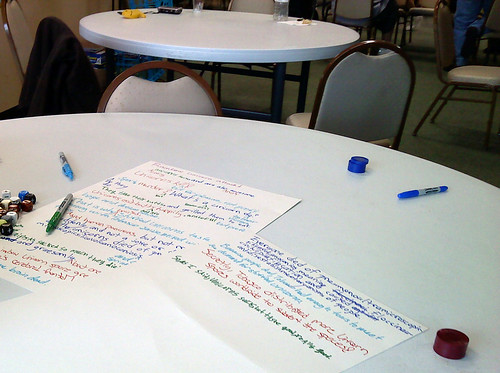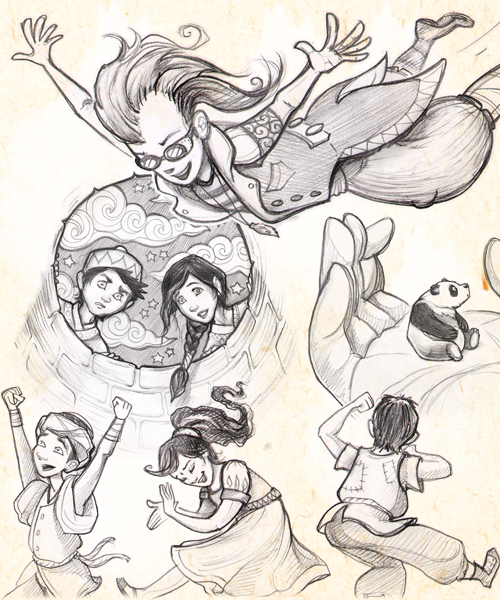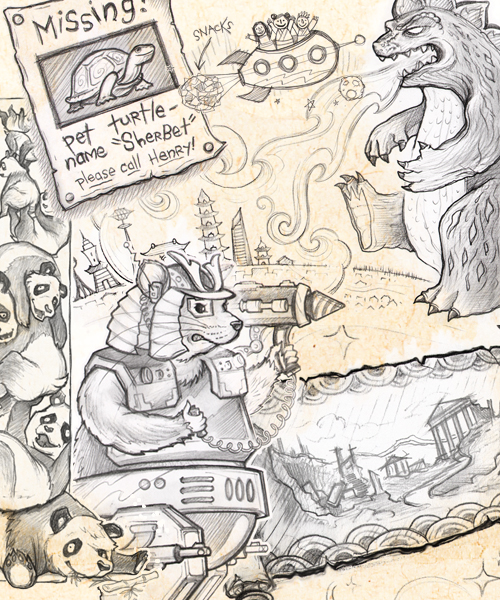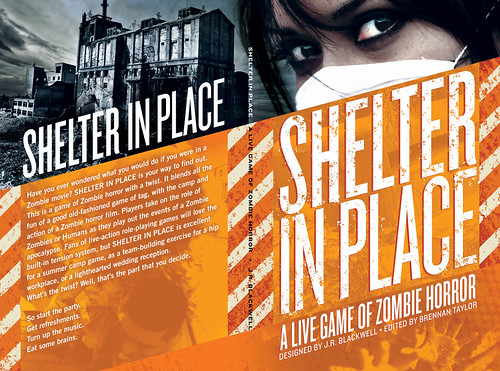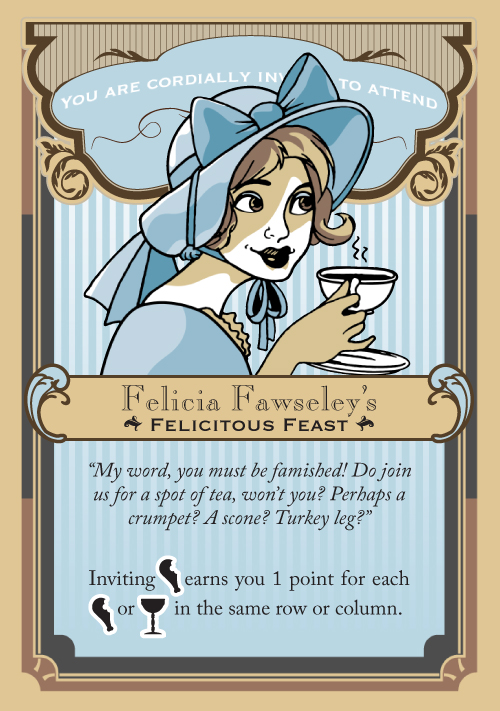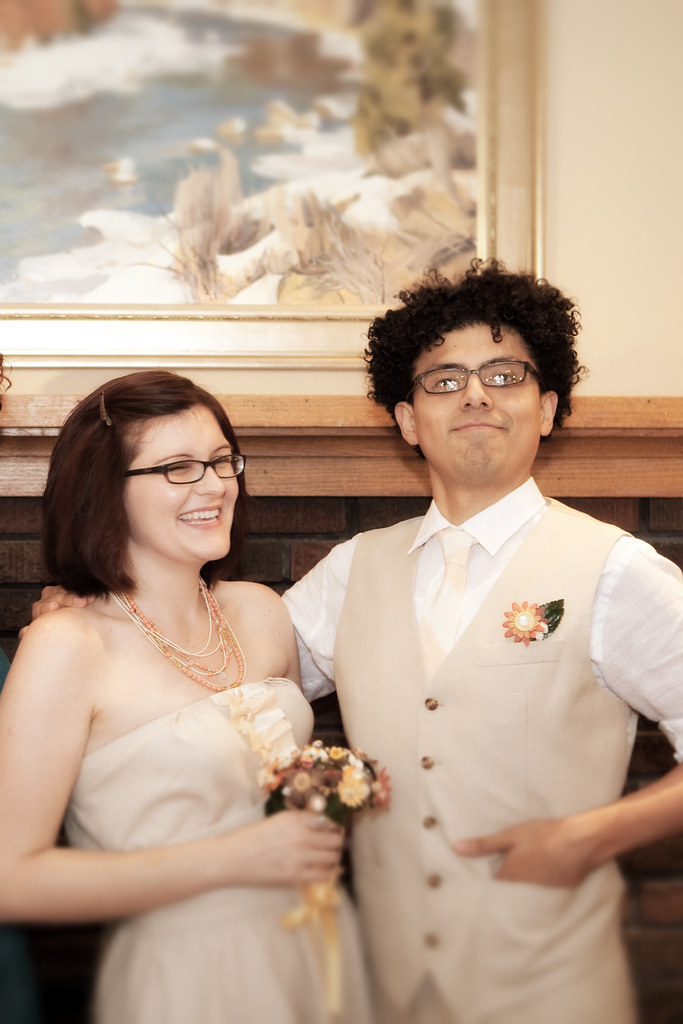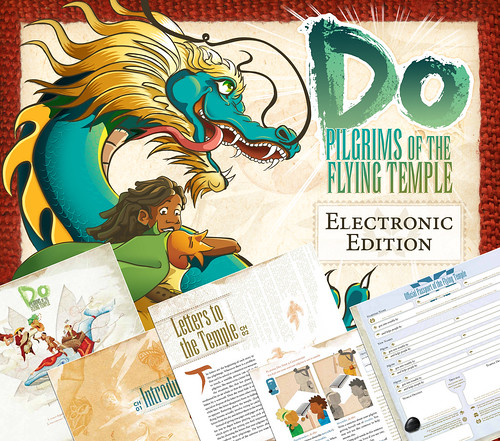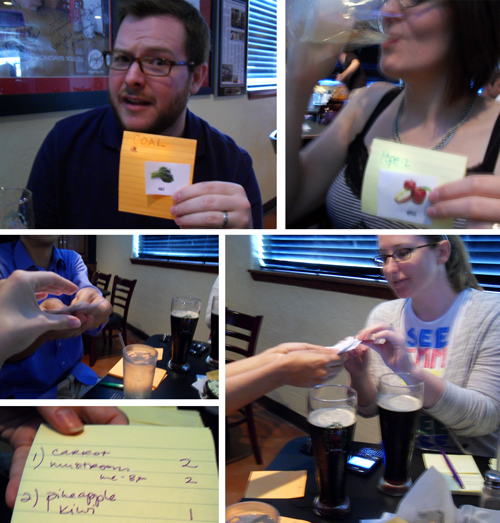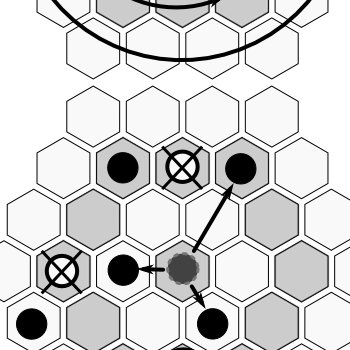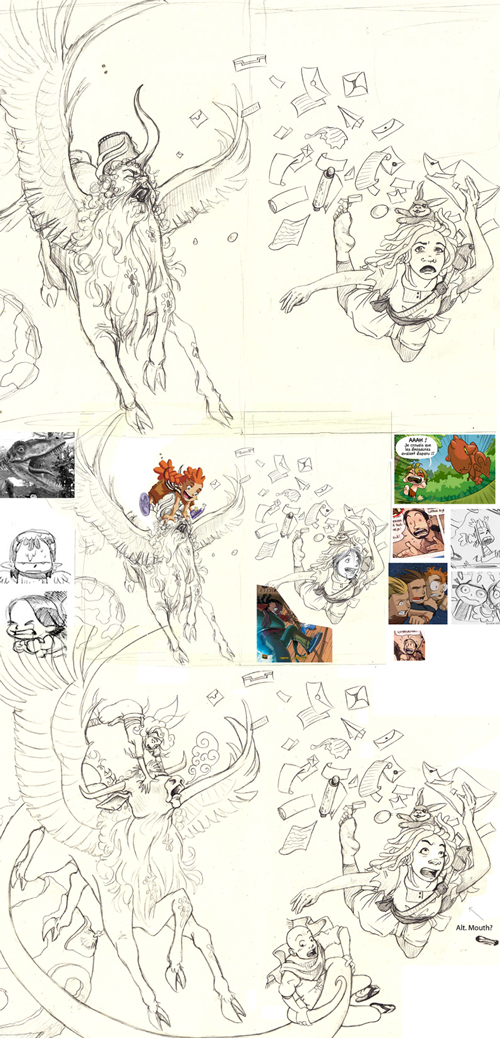Introduction
In this week's Extra Credits it was argued that we should treat the player of a video game as an artist and co-author of the game. One major point was that other media can be said to be valid without an audience, but not so for videogames. In video games a player is needed for the work to fully come to life. The other point was that players have an artistic role in this co-operative creation and that understanding the feelings that drive an artist can be used to make better video games. You can watch the whole video here:
http://www.escapistmagazine.com/videos/view/extra-credits/3555-The-Role-of-the-PlayerWhile I think that Extra Credits is an excellent show, I do not really agree with this. The hypothesis of player-is-artist sound quite plausible at first, but I think that if you take a closer look it does not really hold up. I also think that if we choose to design games with this mindset, we might be missing out on very important things that can be done in the medium.
Why an audience is crucialConsider the information that a novel transfers to its audience. More than often a few words is all that is given as base for the reader to imagine a scene. It is assumed that the reader is able to fill out large informational gaps, make assumptions and to even retroactively dress earlier scenes as new information comes along. A novel also throws a lot non-trivial concepts at the audience. Just consider something simple as a person being labeled as "depressed". In order for the reader to understand the state of mind of this character, a personal knowledge in human behavior and psychology is necessary. The reader simply cannot understand literature without a certain amount of experience.
What I want to say with this is that books cannot be enjoyed in a void. They have to be processed by a human with a certain amount life experience in order to come alive. An alien would be completely unable to understand any literature even if it could decipher the language. There are just so many prerequisites needed that a deep study of humanity would necessary for full comprehension. And even then it might not be possible for the alien to understand; the very workings of our minds is probably crucial for a proper enjoyment of the work.
Further more, the mental image painted up in our mind is not merely an opinion-based interpretation of the written text. It is a full blown world, populated and maintained by ourselves. We are not just doing a trivial text to sensory input conversion when reading. We are doing an actual simulation, constantly adding and updating details based on the written words of the novel. The book helps us a long on the ride, but at the end the heavy work is done by the audience.
This mental construction work is not passive exercise either. We choose where to read, what to skim, where to put focus, if something should be skipped and so on. This is even more evident in other media. When watching a movie, interactions with other audience members can help shape the experience (a simple example would be laughing during funny moments). When listening to a piece of the music, the settings, our own movements, etc all change the way in which we experience the piece.
Enjoying a work of art is a very human experience and I argue that in this regard videogames are not different from other forms of media. What is so special about video games is that data flows in two directions and that the audience can help shape the output to an extent far beyond any other media. However, that does not mean that experiencing a videogame is totally different kind of activity.
Why players are not artistsUnless a game is incredibly linear (e.g. Dragon's Lair) everybody who play it will come away with their own personal experience. Because of this it is easy to imagine that videogames differ a lot from other media by essentially making the player a story-teller. And as being story-teller is essentially equal to being an artist, it leads to the conclusion that players are artists. I do not think this holds up though.
Consider doing a trek through the woods. Even if several people follow the same route in the same forest, each one will have with very different experiences. Some might take side-tracks, have some unique encounters, do the trekking at a different pace, etc. The possibilities are essentially endless. The person doing the journey shapes his/her experience in a unique way and has a big responsibility in how it all turns out. Still, this is not an artistic endeavor.
That is until the hiker decided to write, paint, talk, etc about the trek. Once a narrative, in whatever media, is created of the personal experience, an artistic process takes place. The art is not in living the journey, the art is in conveying it to other people; to create a work that expresses the very personal sensory input, actions and emotions evoked.
The same is true for videogames. Even though the player posses a great freedom in shaping their path through the virtual world, this does not equal the player to an artist. Likewise, even though readers of books create and simulate complex worlds, this does not make the reader into an artist. It is not until the personal experienced is expressed in some kind of medium, be that a written narrative of a game session or a painting from a scene in a novel, that art is made.
Sure there are videogames that give great opportunities for creating art, Minecraft being an good example. However, this artistic creation is a side thing and is not a requirement. The players can simply just let themselves be one with world, build a shelter, etc. It is not until the player simply sees the game as tool and foundation for their own work when the line between player and artist really blur.
With all this I am not saying that the activity of enjoying art is void of creativity. As explained when discussing how we read books, I made it quite clear that it takes a lot of effort to do it right. However, this does not mean that the act of reading a book is categorically equal to writing one. Instead it is more like the difference between solving a puzzle and creating the puzzle in the first place. Both activities are creative and challenging, yet quite different.
Why this mattersWhy even have this discussion? Is it not just a silly debate over semantics? Well in part it is. But if we do not take care and use the words properly they will start to loose meaning. If we would say that the activity that players participate in during play is the same as artistic creation, then I think we simply stretch the concept of artistic endeavors too far, making far less usable.
A more important reason is that the way we see the relationship between players and videogames greatly shape the direction we choose we take the design of videogames. Even though video games have a very different voice from other media, we should not think of the activity of experiencing it as completely different. I fear that if we see players as storytellers and artists, we will miss out on a lot of opportunities at expanding the videogames medium. If the player is an artist, then our focus on game developers will be on creating brushes. This implies a bottom-up design, were short-term effects trump the bigger picture. If we want make games with a deeper meaning this is not the way to go. Instead we must focus on a higher level, something I think the player's role as outlined here greatly encourages.
Also, saying that the player is an artist and storyteller shift the burden in the wrong direction. If we grant the player a large artistic role, we make it easy to blame the player for any lack of meaning in a videogame and discourage the creators from trying to add it. A painting should not require a painter to enjoy it, a play should not require you to act for it to be engaging, and so forth. Like great works of art in other media a videogame can require a lot from the player. However, this does not mean it is up for the player to create meaning and depth, it should instead be there for the player to find and become immersed in.


